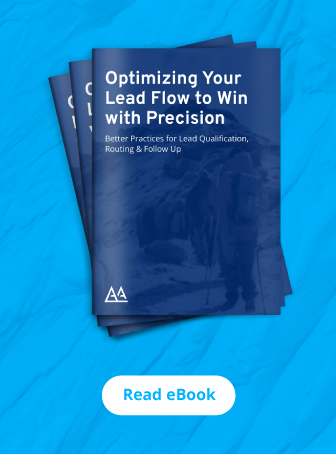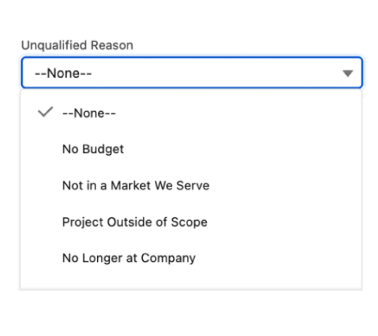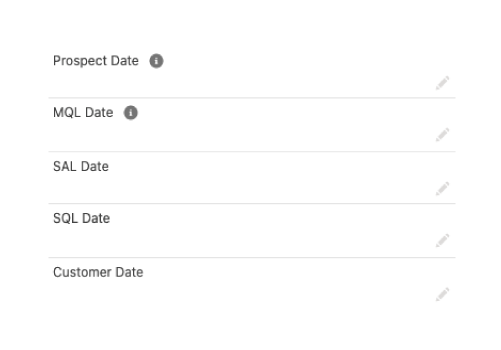
A streamlined lead flow process is critical for a fast and efficient funnel that gets your team in front of the right leads at the right time at scale to drive more revenue. However, lead flow involves marketing and sales alignment, lead qualification, routing, and follow up. Each micro task comes with its own challenges, so to help improve your lead flow process, we have compiled this list of pro tips recommended from the SaaScend experts after helping over 350 companies to succeed.
This list of pro tips was sourced from our eBook, Optimizing Your Lead Flow to Win with Precision. Download it as a reference to access deeper explanations for guided execution.
Marketing and Sales Alignment
Marketing and Sales are a dynamic duo that need to be in lock step with each other. When there is misalignment, the two pass blame back and forth which stalls your lead flow progression. Marketing points the finger at sales saying, “Leads are not being followed up on.” while sales points the finger right back at marketing and saying, “The leads are weak.” Therefore aligning the two for your lead qualification, routing, and follow up processes, is critical to improving your overall lead flow.
❶ Create a meeting for marketing and sales to have a conversation about the qualifiers that sales uses to determine whether or not a lead is a good fit for the business. Apply this criteria to your marketing forms and establish your Marketing Qualified Lead criteria. Then identify what it means for a lead to be a handraiser for your organization versus a nurture lead (fig 1).
Figure 1 The Difference Between Handraisers & Nurture Leads

All of this should be defined in your Service Level Agreement (SLA), to keep both marketing and sales accountable. By the end of its creation, the SLA should include the specifications of the list below.
-
-
-
-
-
- The MQL Definition
- The Process for the Lead Hand-off
- Acceptable Lead Response Times
- Methods of Sales Follow Up
- Number of Attempts for Follow Up
-
-
-
-
Lead Qualification
Your lead qualification process will determine when leads are being handed off to sales. This process should be defined in your SLA and automated using your CRM and Marketing Automation systems. The better lead qualification you have, the more that sales will get to have conversations with the right people, saving their time and building more pipeline.
❹ Whether you are just starting to build your lead qualification process or are looking to refine it, make sure that you create a system that qualifies leads based on their fit and intent (fig 2).
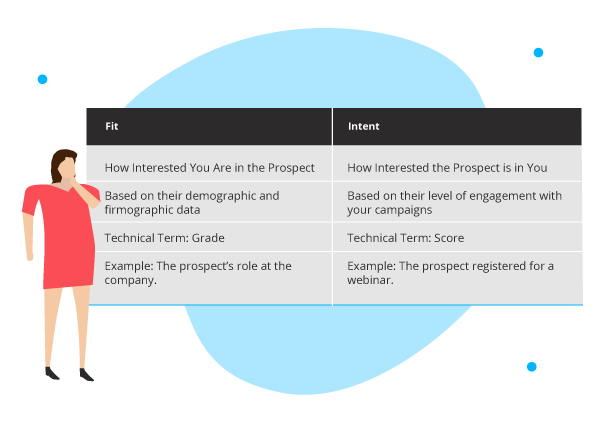
Figure 2, The Difference Between Fit and Intent
❺ If you are building your lead qualification process from the ground up or are looking to optimize, it is important to either start with the definition of your Ideal Customer Profile (ICP) or revisit what you originally defined and make sure it is still aligning with the progression of your business.
Meet with sales to understand the qualifiers they use to determine whether or not a lead is a good fit for the business. Consider the firmographic, demographic, and technographic data that makes up your ideal buyer (Video SaaScend Trek Tip).
❻ Establish your MQL threshold, so that leads with a higher level of fit have a lower engagement score or level of intent that they need to reach before being sent over to sales, making sure that your best leads get in front of sales sooner (fig 3).
Figure 3 Examples of MQL Thresholds
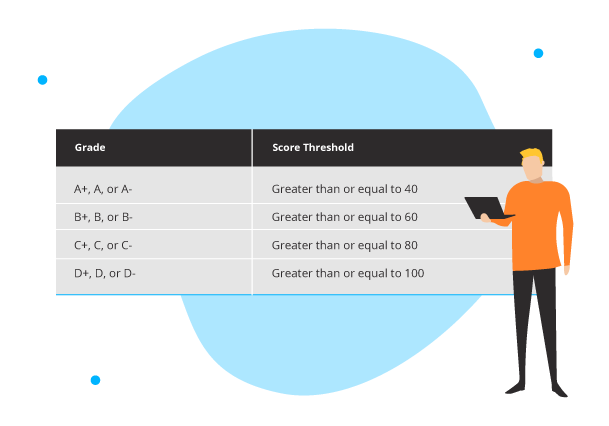
Lead Routing
As leads meet your MQL threshold or take action to “raise their hand” and say they want to connect with someone, they will then need to be routed to sales. A stalled lead routing process can kill your lead flow, but if done haphazardly, the wrong prospect can be paired with the wrong salesperson at the wrong time resulting in a poor experience for everyone involved and possibly worse, a missed opportunity. Therefore streamlining your lead routing structure is essential to improving your lead flow process.
❼ How can marketers be rest assured knowing that their new prospects are being synced with their CRM keeping a single source of truth, but at the same time not being assigned to a salesperson before the right time? One technique that you can do is to assign leads in your CRM that come through your marketing automation platform to either a queue or an Operations User. Then use automation in the CRM to reassign the lead when they either meet the MQL threshold or raise their hand.
❽ Lead routing for handraisers needs to be done in seconds, with the ultimate goal of getting a meeting booked on the calendar. Scheduling Applications such as Chili Piper, allow prospects that convert on your specified marketing forms to book a meeting with your team upon form submission. This is popular to use with your contact us, request a consultation, and your product demo forms. It removes the wait time for the prospect and gets more meetings booked on your sales team’s calendars.You can then integrate your lead routing criteria with the scheduling application, so that the prospect is able to book time with the right person.
However, there are times when you may not want to have the prospect be able to book time with your sales team right away. For example, if a prospect submits to your product demo request form that is not a good fit for your business, you may have them watch a pre-recorded product demo video instead of getting to book time with your sales team, protecting their time as the ultimate gatekeeper.
Lead Follow Up
Once leads are routed to the right person, sales has the opportunity to give a thumbs up or a thumbs down on a lead based on their predefined qualifying criteria. If sales disqualifies a lead, they should be specifying why, so that marketing can use this data to inform them for future lead qualification refinement. If sales accepts the lead, their follow up will then determine whether or not the person actually books a meeting and converts into an opportunity in the pipeline.
❾ Marketing teams should be aiming for a 75% sales acceptance rate for the MQL’s that they send over. Add a field to the lead record in the CRM, so that as sales disqualifies leads that are sent over, they can specify the reason, and then marketing can analyze this data to refine the lead qualification process for the future (fig 4).
❿ Expecting sales to follow up with every lead manually is unrealistic and it takes up a lot of bandwidth. Prioritize the time of your sales team by mapping out your lead follow up approach based on the lead type and level of lead quality (fig 5).
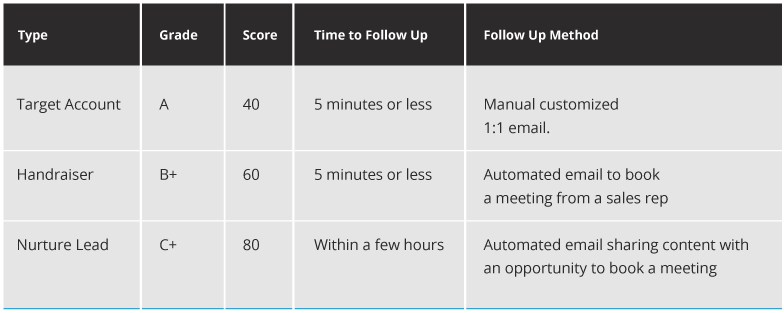
⓫ A degree of automation to your lead follow up process can be huge for sales enablement and it can increase your conversion rates to get more meetings booked. Studies show that 60% of leads will say no four times before saying yes. A salesperson might do an initial follow up reaching out to the prospect, but then if there is no response, or the prospect says no, then there is usually not any follow up after that. Which means that you could be missing out on a potential opportunity with 60% of your leads.
Using sales engagement tools such as Outreach.io, SalesLoft, or Groove, can help your sales team to create a scalable follow up engine that converts more leads into meetings.
⓬ Keeping both sales and marketing accountable to your SLA is key for continued alignment. As lead follow up is a part of this, it is helpful for sales leaders to be able to track their sales team’s activities, so they can know who is fulfilling the agreement and who may need further coaching to do so. Founder & CEO of SaaScend, Craig Jordan, uses The Wall of Shame to carry out this function. A publicly displayed report or dashboard that will display or flag an individual when they have not met the follow up criteria that your team has decided.
Tracking your sales activities and milestones will also provide greater visibility into ideal follow up paths that are yielding more pipeline, to then help the rest of the sales team improve and win more for the business.
Tracking Your Lead Flow Progression
As you optimize the micro tasks within your lead flow process, you need to be able to track rates of conversion and the speed of your lead flow progression, so that you can quickly identify baselines and pinpoint when stages are being stalled and when certain processes may need more attention.
⓭ Mapping out your lifecycle stages in your lead flow process and then implementing tracking mechanisms into your CRM and marketing automation systems will help you to understand your lead flow process’ operational level of success.
A lifecycle stage custom object can be created in the CRM to hold this data for easier tracking and reporting. Use date fields for each lifecycle stage to then timestamp when a lead has moved to the next stage (fig 6). Configure automation to update a lead’s lifecycle stage instantly based on the actions of the prospect and marketing and sales teams. (fig 7).
Your lead flow process encompasses the hand-off between marketing and sales which starts with the two teams getting aligned and then streamlining your lead qualification, routing, and follow up procedures. Optimizing this will help your sales team get more meetings with the right leads while accelerating your funnel with efficiency, so that your team can scale farther faster and generate more revenue.
Figure 7 Caption: The below rule criteria is an example of what can be used to mark the time of a lead being moved to the Customer stage.
Your lead flow process encompasses the hand-off between marketing and sales which starts with the two teams getting aligned and then streamlining your lead qualification, routing, and follow up procedures. Optimizing this will help your sales team get more meetings with the right leads while accelerating your funnel with efficiency, so that your team can scale farther faster and generate more revenue.
FIRESIDE CHAT ON-DEMAND
Solving the Top Lead Handoff Challenges

